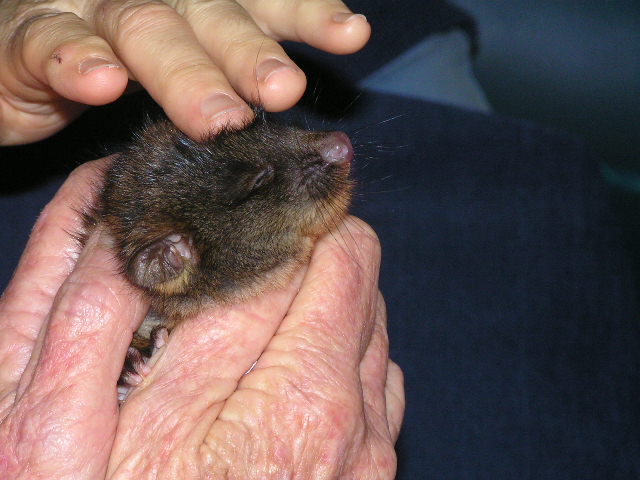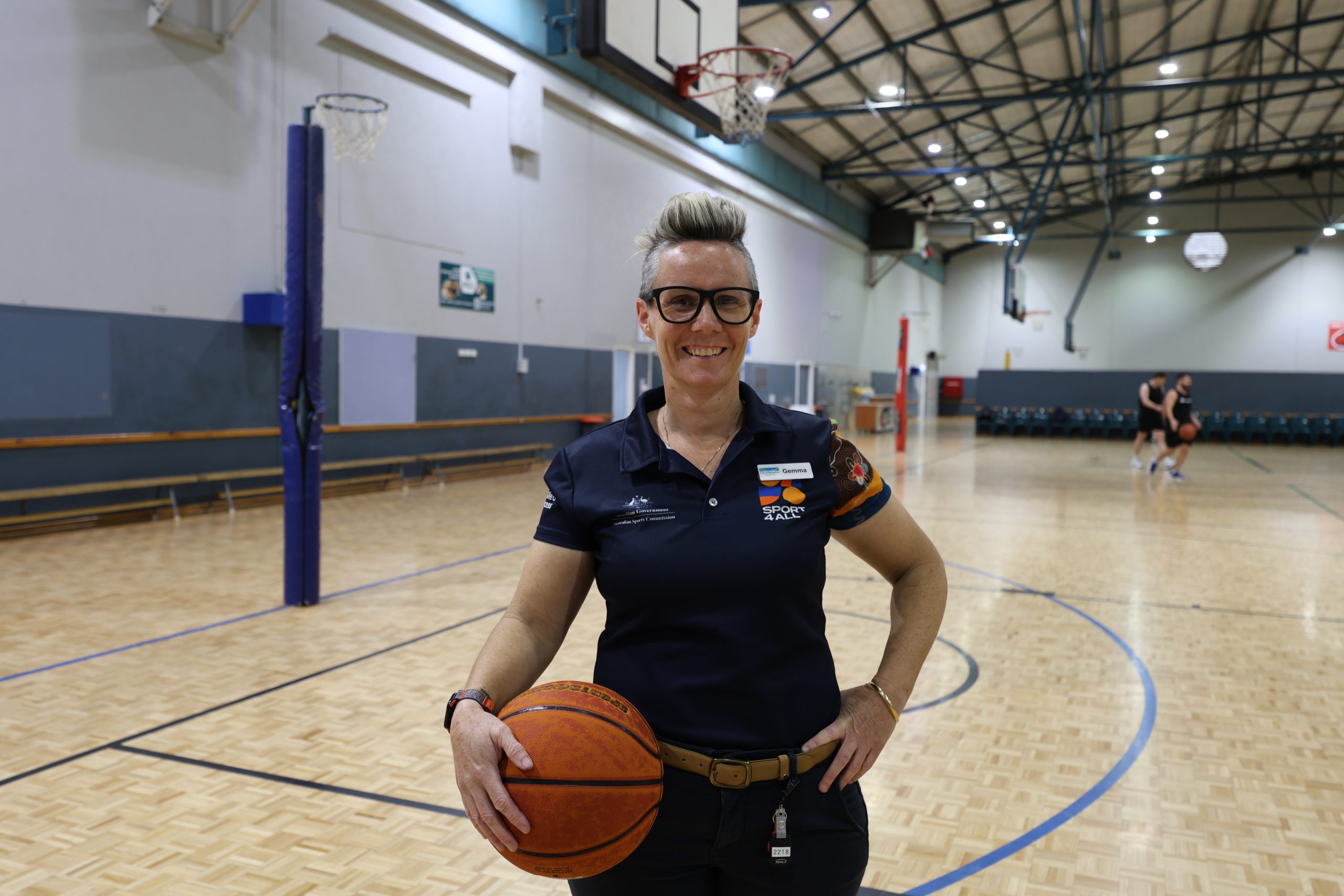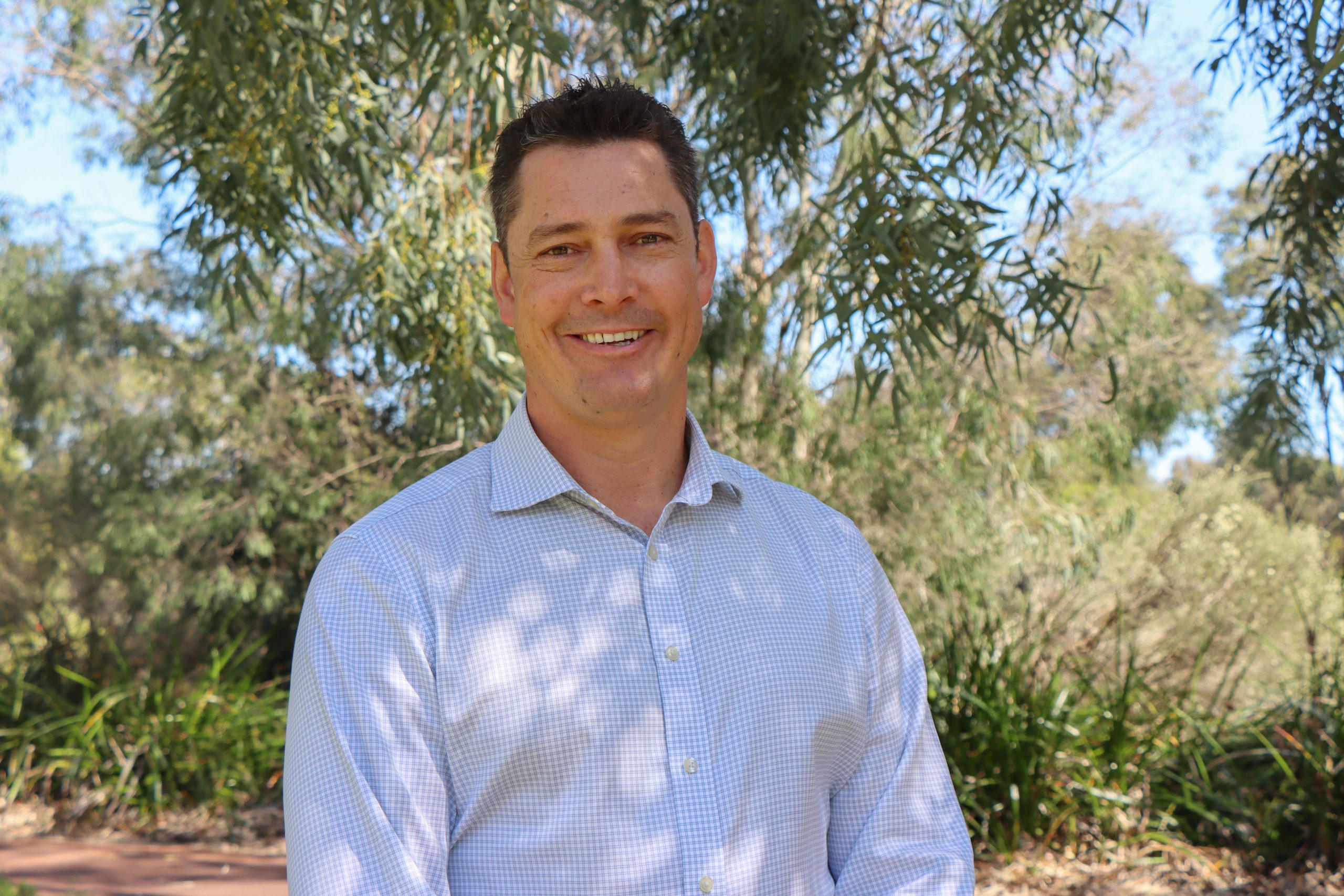'Let's focus on the fox': Experts push for possum protection

The Western Ringtail Action Group is working with researchers to better understand what happens to possums after they are released back into nature. Picture supplied.
How many injured possums survive when they are returned to the wild?
This is a question the Western Ringtail Action Group (WRAG) is turning to experts to answer.
UWA Senior Honorary Research Fellow Roberta Bencini was present at the February WRAG meeting to detail the findings of a three-and-a-half-year study.
The research followed 143 ringtail possums that had been rehabilitated and released over 3 years in the South West.
In presenting the findings, the research team was concerned with the high number of released possums that died from predation.
“We have retrieved radio collars from fox dens, inside a python and at the bottom of a dam. If we find the bodies, we can undertake a post-mortem and swab them to identify if there is predator DNA present,” Roberta said.
Nicole Lincoln from GeoCatch said the work was important to better understand how to care for and release possums.
“Major threats to the survival of the critically endangered ngwayir (western ringtail possum) include introduced predators like foxes, dogs and cats, habitat fragmentation, and urban traffic movement. If we can better understand the impacts, hopefully we can increase survival rates,” Nicole said.
The research tested the theory that the personality of the possum will impact its survival rate, and found that bold and outgoing possums had the best chance of survival.
The team found that there was a direct relationship between fox control and survival rate. They also found that it is possible to train possums to avoid foxes before release.
“Out of 143 possums released, 51 were killed by foxes, but the trained animals were 78 percent less likely to die from fox predation. Males had a much greater risk of death than females, probably due to their roaming nature,” Roberta said.
FAWNA representative and possum rehabilitator Suzi Strap discussed the need for better feral animal control methods.

“We are releasing these rehabilitated possums and many are being taken by foxes from bushland, national parks, and private land,” she said.
“To ensure the survival of the possums, we need to reduce fox numbers as much as possible. This research shows that foxes are a massive problem, and we need to coordinate our efforts.
“We have been able to make many species go extinct, let’s focus on the fox.”
Although results have shown that not all possums released will survive, there is hope that possum survival rates can be increased with feral animal control and further research to investigate the effectiveness of training possums to avoid foxes.
There was also a touching moment for the researchers when they were visited by a previously released possum named Jenny Bent-tail.
“One year after we released Jenny Bent-tail, we were releasing some more possums in her area and she came down out of her tree and greeted us. It was an amazing moment that makes our work worthwhile,” Roberta said.


















